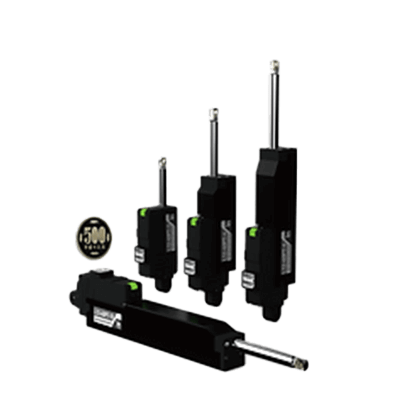What Is a Servo Actuator?

An actuator is a device that converts energy from a power source into some mechanical motion, such as straight-line movement, rotation, or bending. For example, a motor, a common power source, is an actuator.
A servo actuator is a specialized type of actuator used in servo systems. These systems automatically control an object’s position, orientation, speed, and force with high precision, following changes in a target value. Servo actuators are essential in guiding and controlling the movement of mechanical systems, offering precise control compared to conventional actuators.
Uses of Servo Actuators
Servo actuators, powered by electricity, are integral in controlling industrial robots and precision machinery. They are also pivotal in the operation of humanoid robot joints, driving mechanisms in food and packaging machinery, conveyor systems, and more. Their applications extend to automatic doors for trains and vehicles, hobby items like radio-controlled cars, coating equipment, and cleaning devices for liquid crystal and semiconductor fabrication.
Principle of Servo Actuators
Servo actuators, a subset of electrically operated actuators, play a pivotal role in servo systems. These systems enable precise control over an object’s position, orientation, force, and speed, adapting to changes in target values. This capability allows for the accurate application of force, speed, and angle during movement, making servo actuators vital in mechatronics and various applications such as industrial robots and precision machinery control.